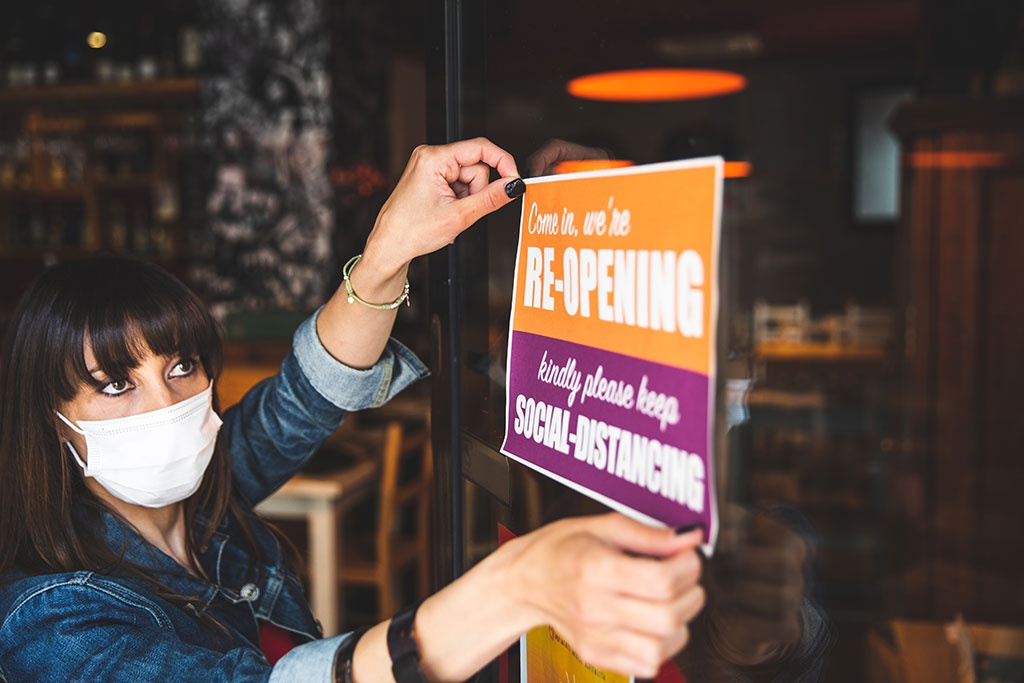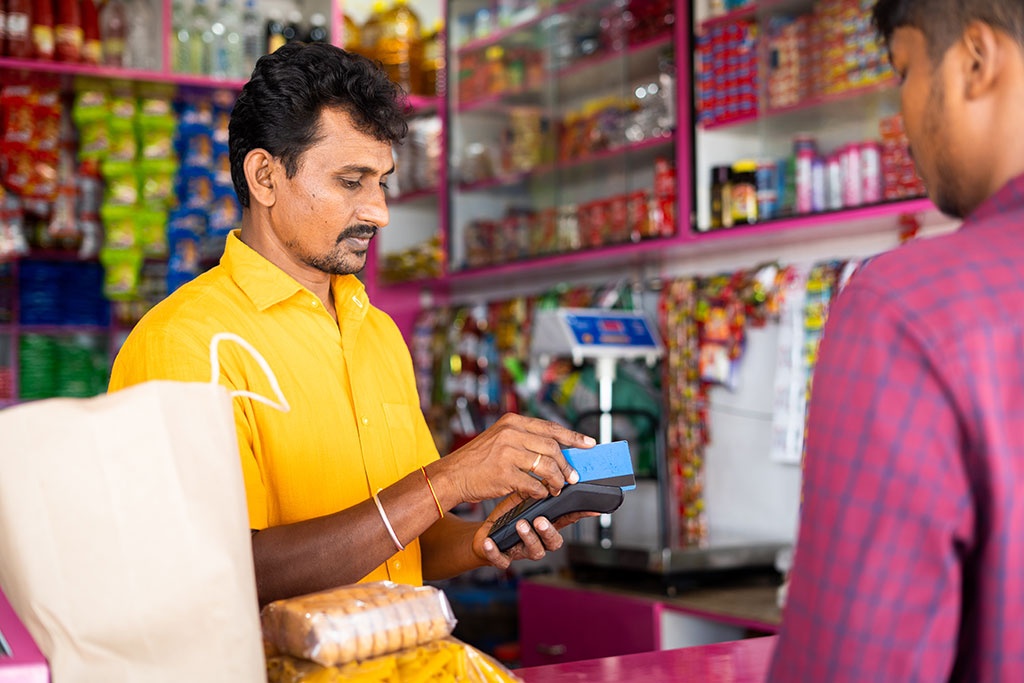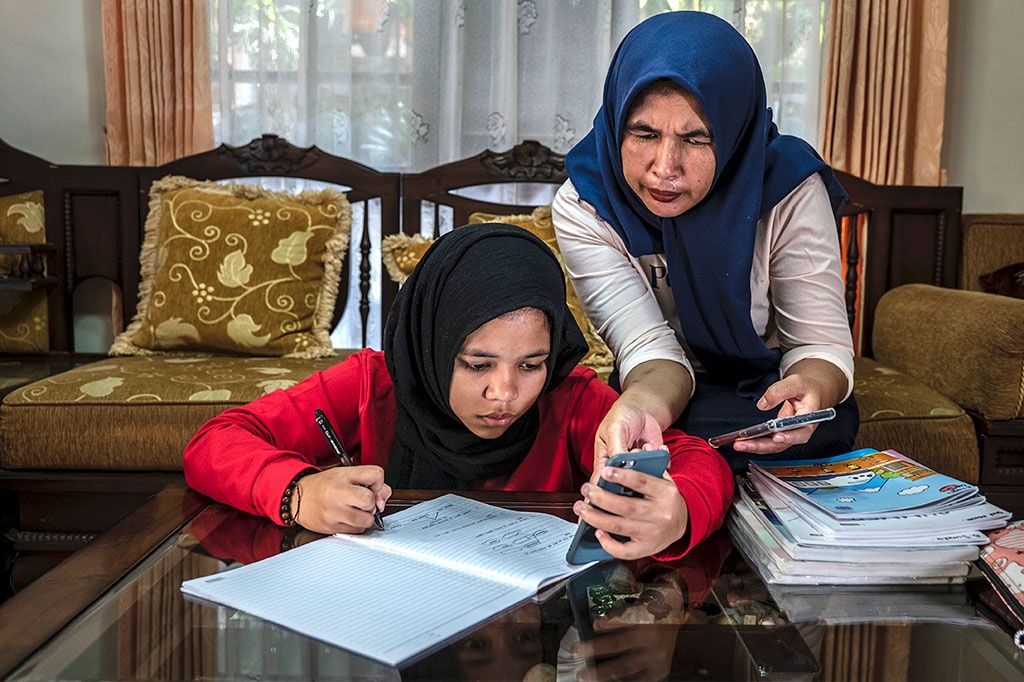Governments reimagine citizen engagement
| Lim Kok Kee Senior vice president, Government Engagement Asia Pacific, |
Digitisation is one of the most effective tools in a government’s toolbox. Over the past two years, this has advanced far more quickly. As a result, it has played a monumental role in reengineering the way nations think about bridging inequalities.
With nearly every government embracing a digital agenda to guide their path to an inclusive recovery, a silver lining has emerged as administrations have rejuvenated how they interact with the public.
Digital services became an economic lifeline
In the first two months of the pandemic, governments worldwide distributed $10 trillion in emergency relief aid. Much of this was made possible by the support of payment technology firms that streamlined digital payment structures.
In many instances, digital systems were utilised to deliver economic stimulus and welfare payments to citizens, or to extend credit lines to small businesses, helping to mitigate shock, alleviate hardships, and accelerate recovery.
 |
In Thailand, the government used its real-time payment system to facilitate welfare payments in partnership with a state-owned bank. In Argentina, 1.5 million families received digital meal vouchers.
Taking a related yet different approach, the governments of Singapore and India further utilised their digital identity systems, called Singpass and Aadhar respectively, to extend social support by enabling easy and secure online access to essential government and private sector services.
Across the globe, countries are incorporating similar digitisation measures, promoting contactless payments and remote services in their economic recovery plans. Whilst governments contemplate ways to digitise at scale, private financial institutions and fintech innovators have stepped in as enablers to build or expand sustainable digital economies.
Digitisation kept the lights on for small businesses
While businesses of all sizes have been adversely impacted by recent global events, the lack of digital infrastructure saw small- and medium-sized businesses experiencing far greater hardships. The sales of these organisations have lagged larger companies by up to 20 percentage points.
However, e-commerce has become a lifeline for businesses. As economies reopened, the number of businesses going online each month tripled, peaking in July 2020 and reflecting increased demand for online sales channels.
Consequently, governments are using payment technology to target spending and investment back into communities, ensuring maximum reach and appropriate usage of stimulus funds.
In Jersey in the United Kingdom, over 100,000 prepaid cards were distributed to citizens, pre-loaded with £100 ($134). The funds could be spent at points-of-sale locations, over the phone, and online with locally registered businesses. The £10 million ($13.4 million) revitalised the local economy, benefiting over 2,000 businesses.
In India and the Philippines, we partnered with the public sector to digitise shops. This was made possible by building ecosystem partnerships with fast-moving consumer goods suppliers, mobile platform providers and fintech firms.
These would ultimately help community shops to grow their revenue streams and electronic payment adoption, expanding digital and financial inclusion.
 |
Looking at the bigger picture, governments are increasingly democratising financial services by enabling different payment modes such as real-time payments, contactless cards, and e-wallets. We are seeing this in places like Hong Kong, where the government’s Consumption Voucher Scheme is digitally distributed via wallet providers, boosting total retail sales by almost 12 per cent on-year.
How digital skills training is readying the workforce
To enable citizens’ direct participation in the digital economy, governments are increasingly emphasising STEM subjects as a key tenet of national education curriculums. Often in collaboration with the private sector, many are extending professional upskilling programmes that combine foundational elements and real-life cases to facilitate self-learning. Participants are taught everything from coding to programming, and practical financial and business skills.
 |
One such initiative is Mastercard Academy 2.0, a flagship programme designed to equip 100,000 Indonesians with digital skills by the end of next year. Now at 86 per cent of our goal, we are working with the government of Indonesia, and 573 primary and vocational schools, to further scale the programme across more provinces.
Similarly, a new partnership with Grab will provide millions of their driver, delivery, and small business partners across Southeast Asia with access to digital upskilling opportunities.
Ultimately, the world has experienced a once-in-a-lifetime shift as citizens embrace technology like never before. The focus of governments is shifting from short-term relief to long-term economic recovery. The shared goal is to create a world where people’s wellbeing is prioritised and opportunities are equally distributed.
What the stars mean:
★ Poor ★ ★ Promising ★★★ Good ★★★★ Very good ★★★★★ Exceptional
Themes: Digital Transformation
Related Contents
Latest News
More News
- Businesses ramp up production as year-end orders surge (December 30, 2025 | 10:05)
- Vietjet chairwoman awarded Labour Hero title (December 29, 2025 | 13:06)
- How to unlock ESG value through green innovation (December 29, 2025 | 10:03)
- AI reshapes media and advertising industry (December 29, 2025 | 08:33)
- FPT and GELEX sign deal to develop blockchain tech for global markets (December 29, 2025 | 08:29)
- Vietnam’s GDP forecast to grow by 9 per cent in 2026 (December 29, 2025 | 08:29)
- Women entrepreneurs are key to Vietnam’s economic growth (December 29, 2025 | 08:00)
- Vietnam's top 500 value-creating enterprises announced (December 27, 2025 | 08:00)
- The PAN Group shaping a better future with ESG strategy (December 26, 2025 | 09:00)
- Masan Consumer officially lists on HSX, marking the next phase of value creation (December 25, 2025 | 13:20)


 Tag:
Tag:




















 Mobile Version
Mobile Version